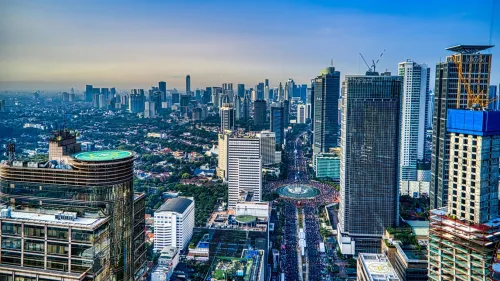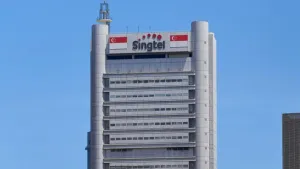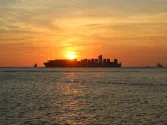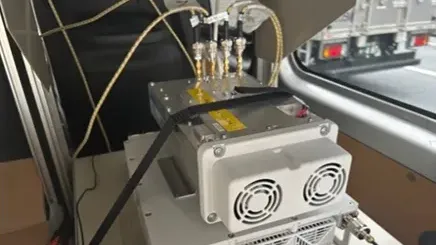
SoftBank adds to ongoing research into 6G commercialisation
New outdoor trial the first for a telecom carrier in Japan.
SoftBank has become the first telecommunications carrier in Japan to launch an outdoor trial of the 7GHz band for 6G.
In partnership with Nokia, SoftBank is using three 7GHz-compatible pre-commercial base stations in the Ginza district in Tokyo for the field trial. The goal is to validate communication performance with the use of Massive MIMO (multiple input, multiple output) technology.
Shining a light on the 7GHz band's potential, SoftBank said: "Centimeter waves are radio waves with wavelengths between 1–10 cm (frequencies of 3–30 GHz). Within this range, the 7–24 GHz band, known as FR3 by 3GPP (Third Generation Partnership Project) standards, is emerging as a candidate for next-generation mobile networks.
"The specific band used in this trial – 7,125 to 8,400 MHz – is scheduled to be discussed at the ITU-R's World Radiocommunication Conference 2027 (WRC-27) as a potential 6G frequency, and is therefore gaining global attention."
The Japanese telecom carrier pointed out that the 7GHz band offers "significantly broader" bandwidth compared with 5G's Sub-6 bands.
"When combined with the already defined 6,425–7,125 MHz 5G band (Band n104), it enables nearly 2GHz of contiguous spectrum," SoftBank noted. "Its propagation characteristics are similar to Sub-6, making it well-suited for high-speed communication and reliable area coverage."
Seen as "a promising 6G solution," the 7GHz band is expected to balance both capacity and coverage in dense urban settings.
To compare the coverage and radio characteristics of the 7GHz band with commercial 5G Sub-6 (3.9GHz), the trial co-located 7GHz pre-commercial base stations next to existing 5G base stations on building rooftops.
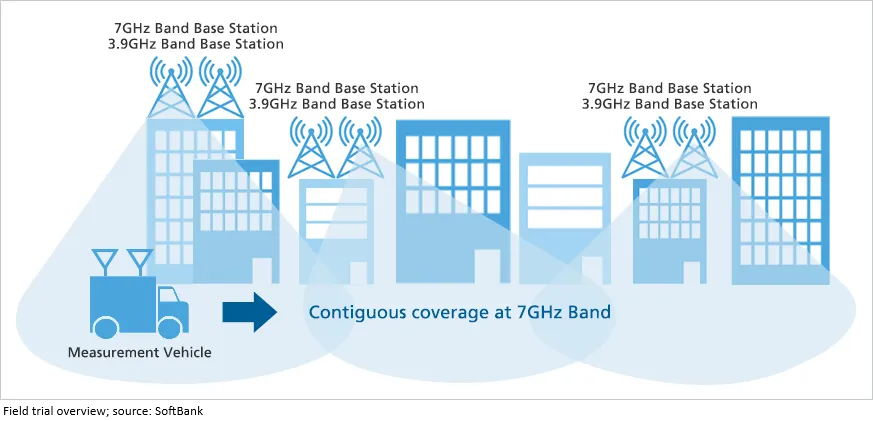
"Future testing will include both indoor and outdoor measurements within the trial zone, contributing to ongoing R&D (research and development) for the commercialisation of 6G," SoftBank declared.
Meanwhile, in anticipation of the so-called "6G era," SoftBank aims to roll out pre-commercial High Altitude Platform Station (HAPS) stratospheric telecommunications services in Japan in 2026.
"HAPS, also referred to as 'base stations in the sky', operate in the stratosphere at an altitude of approximately 20 km to provide wide-area communications coverage," explained SoftBank, which recently invested in HAPS specialist Sceye.
"While conventional mobile networks have focused on 2D coverage for smartphones and vehicles, the coming 6G era will demand telecommunications infrastructure with 3D architectures to support connectivity for drones and UAVs (unmanned aerial vehicles) in the sky."
As for Nokia, which supplied the base stations and pre-commercial devices for the 7GHz band field trial, the company's view is that 6G will change the way communication networks are designed while enabling new use cases. Nokia expects 6G systems to launch commercially by 2030.
